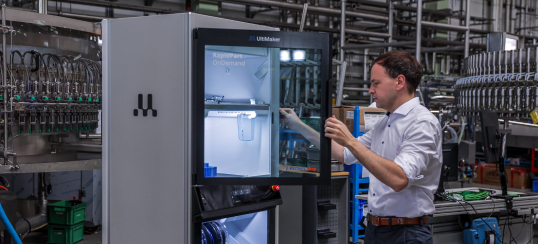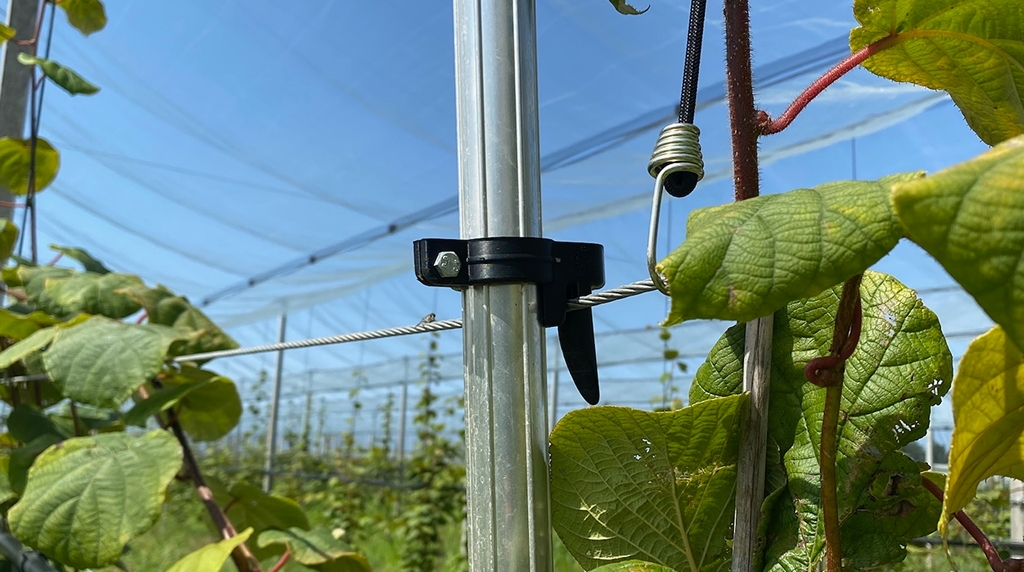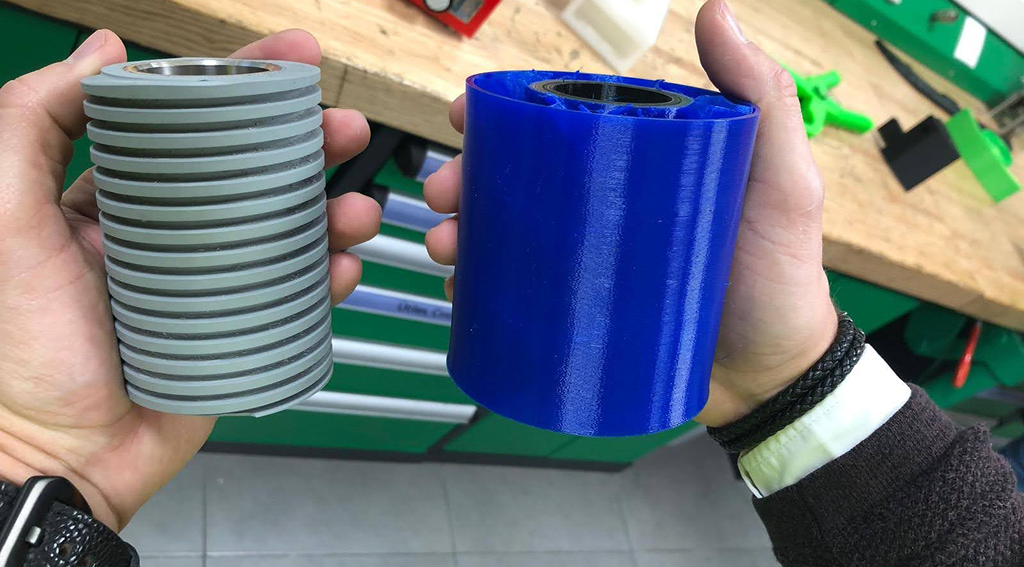As industries seek to minimize environmental impact, the sustainability of 3D printing becomes increasingly relevant.
This technology offers unique environmental advantages by reducing waste and enabling localized production. Understanding its potential and challenges is crucial for responsible implementation.
Understanding 3D printing sustainability
A key advantage of 3D printing is its ability to minimize material waste. Unlike subtractive manufacturing that removes excess material, 3D printing builds objects layer by layer, using only what is needed. This can substantially reduce production scrap; some estimates suggest waste reduction of up to 90% compared to conventional methods.
Energy efficiency is another factor when assessing 3D printing's sustainability. While 3D printers can use considerable energy, technological advancements are improving their efficiency. Some modern printers are designed to optimize energy use without sacrificing performance, thus lowering the overall environmental impact.
The materials used are crucial in determining if 3D printing is environmentally sound. Many filaments are plastics derived from fossil fuels, raising ecological concerns. However, the industry is increasingly exploring alternatives such as biodegradable polylactic acid (PLA), made from renewable resources like corn starch or sugarcane. Some companies are also creating filaments from recycled plastics, further lessening 3D printing's environmental footprint.
Localized production represents another sustainability benefit. By enabling on-demand manufacturing closer to the point of use, 3D printing can significantly cut transportation emissions tied to traditional supply chains. This decentralized approach reduces the carbon footprint, supports local economies, and curtails overproduction.
Despite these positives, challenges persist in making 3D printing fully sustainable. The energy-intensive nature of certain processes, particularly those using metal powders, can negate some environmental gains. Also, the disposal and recycling of 3D-printed objects, especially those made from composite materials, present ongoing difficulties for the industry.


























